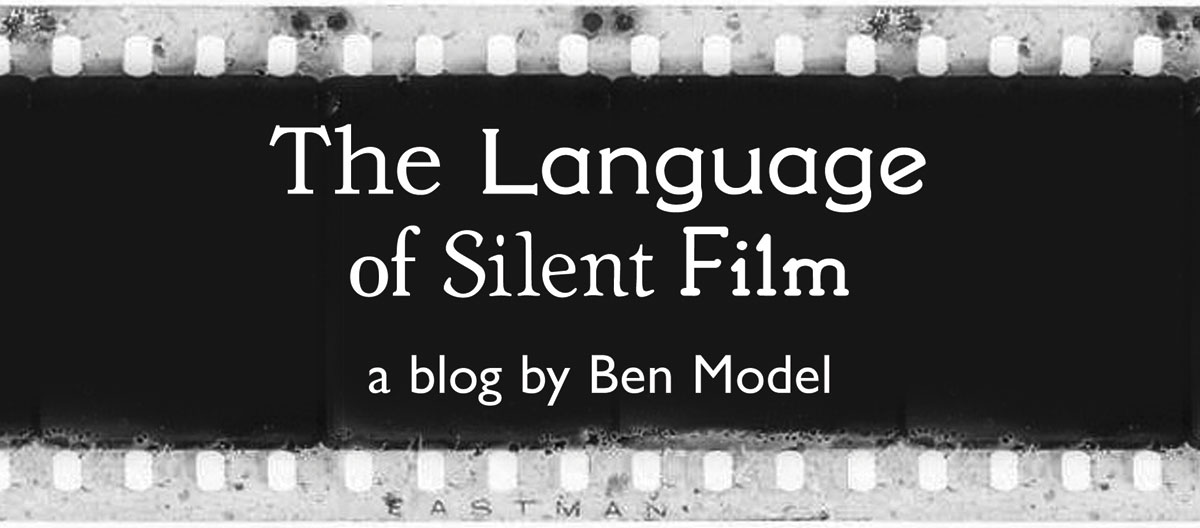Like the other points I’ve made about the culture and styles of the era of the 1910s and 1920s being unessential for Silent Film, the same should be held for storylines and story tropes. As ubiquitous as many typical plots and character archetypes may have been in the silent movies we know, some core aspects of these can still work in a contemporary setting without emulating culture of a hundred years ago.
After all, you do want to cast of include characters who are women, people of color, people who are differently-abled or who are gay or gender-fluid et al in your films. The conflicts, frustrations and desires we possess as humans still hold, but the “pretty girl” being flirted with by the male “hero”, or our main character getting chased by a cop or cops deserves some updating. Granted, finding a way to make this fit into a film that takes place now or now-ish is not going to be easy. But holding on to what viewers will notice as being from another bygone era may create a barrier — whether conscious or unconscious — keeping them from being absorbed up into the world of your Silent Film.
True, many of these tropes and archetypes may still hold — someone being distracted by an overly-attractive person, feeling threatened by someone else who’s much bigger or stronger, someone misunderstanding someone else, et al — but the cultural applications these had in the 1920s is not what makes Silent Film. It’s the fact that they are tropes or archestypes easily recognized by viewers without having it all explained in detail in titles. Visual iconography we are familiar with and can fill in with our imaginations.
There are costuming possibilities that can mirror the purpose of what we’ve seen in silents that are also of today’s clothing. Loose-fitting cargo pants can substitute for baggy clown-vaudeville pants, Converse sneakers a few sizes too big for slap-shoes, etc. You don’t even have to go that far.
Again, look at Chaplin’s Modern Times made in 1936. The evil landlord or Eric Campbell boss has been replaced by the industrial-age factory’s grip on the working class. The late-Victorian house with its maid and servant that is broken into as a hideout is replaced by a contemporary department store, when Charlie runs into an old factory buddy in a similar plight. The men in the film wear 1930s fedoras instead of derbies. And on and on.
My point is…
Silent Film is not a dead language.
Silent Film can still work today. If the films from the silent era still hold up, despite seeming almost completely out of step culturally, new Silent Film can be made and be similarly entertaining and effective. Provided the visual storytelling language of Silent Film is understood and utilized by anyone making silent movies today.
Because, as I pointed out in post number 1, it’s our right-brain experience as an audience, filling in the various aspects of story and character left out as part of the filmmaking and storytelling processes, that is the reason a 1917 dramatic feature or a 1924 comedy short is still entertaining and accessible today. If we let go of the culture of the 1920s in making a silent film, and embrace the cinematic aesthetics of Silent Film as outlined in the previous 63 posts, a silent movie made today can work on the same level.
I think this is the distinction to be considered when the idea of wanting to avoid “doing something museum-y” is on the table. The basics of silent cinema I’ve been describing worked fine, were a universal language, for all of moving pictures world-wide for cinema’s first three decades. The silent movies we know may have happened, may have been made, in the first third of the last century, but the visual storytelling language they spoke is still a functioning and valid language. Because of its use of precisely what the unexposed assume is going to be off-putting about silent movies: the things that are missing.
The leaving out, the suggestion, the archetypes without deeply explained backstory, the story and location shifts hinted at in a four word title — these all drew us in to the world of the film, into the universe of Silent Film, and can still do so.
Granted, in a time when a French farce plot can be unravelled in five seconds by having the main characters text each other, bringing silent movies into the 21st century may be problematic. But I think it can work, that it’s worth playing with, and that there are new stories and statements about life that can be told, spoken in the universal language of Silent Film.
Some closing thoughts follow in the next and final post in this series.
The first post in this series is here.
The previous post (#63) to this one is here.
The next and final post in this series, Why We Like Silent Film, is here.
